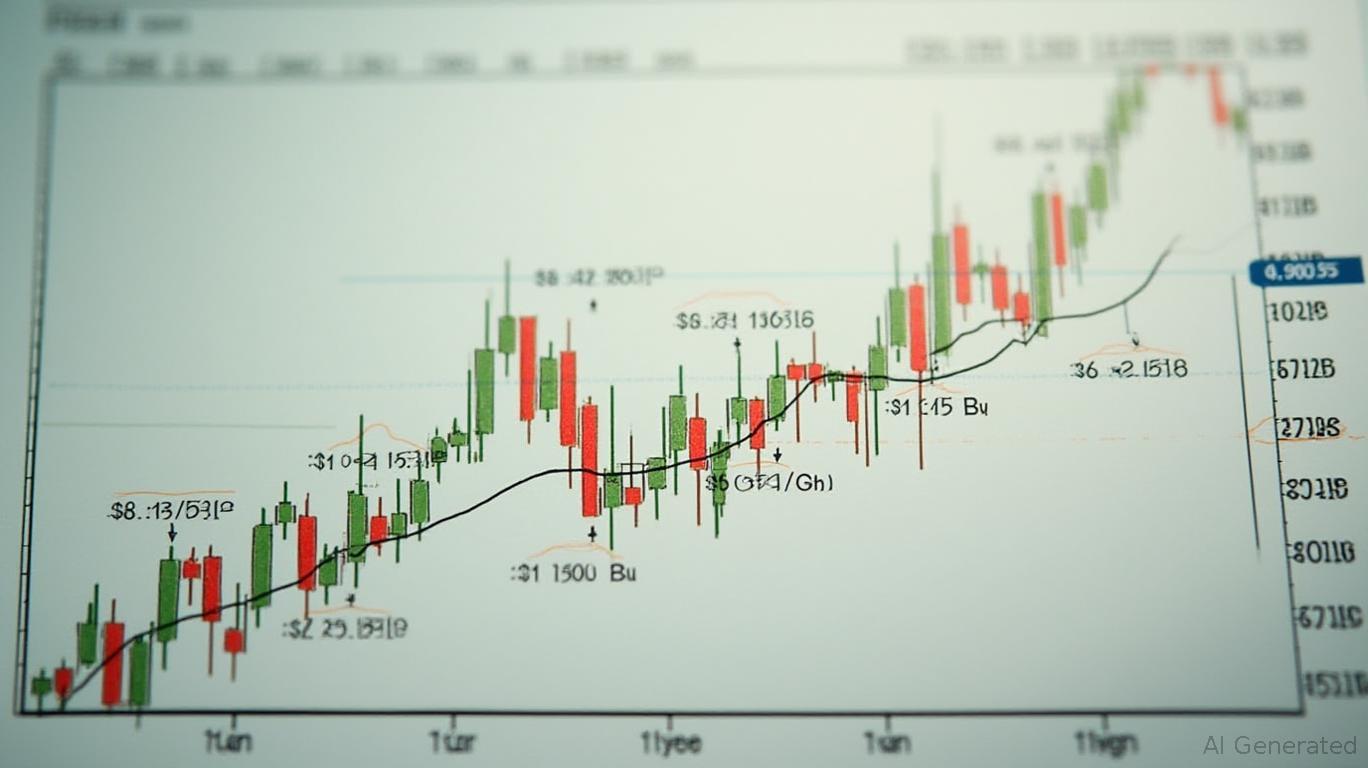AInvest Newsletter
Daily stocks & crypto headlines, free to your inbox
The CBOT soybean market faces a critical juncture in June 2025, balancing near-term profit-taking against bullish fundamentals rooted in favorable crop progress and weather patterns. While technical corrections have emerged after a spring rally, underlying supply-side dynamics and regional weather risks create opportunities for strategic trading. This analysis explores how traders can capitalize on these dynamics while managing volatility.
The USDA's June reports highlight a soybean crop that is ahead of schedule in planting and emergence. As of June 15, 93% of the U.S. crop was planted, slightly ahead of last year's pace, while 84% had emerged—both above the five-year averages. Crop condition ratings, however, show mixed results:
- 66% of soybeans are rated good/excellent, a 2-point decline from the prior week but still supportive of healthy yields.
- Regional disparities persist: Iowa leads with 80% in good/excellent condition, while Illinois lags at 63% due to uneven emergence and late planting delays.
This uneven progress creates a yield divergence risk, where weather conditions in key states like Nebraska and the Dakotas—which face worsening drought—could undercut overall production.
Soybean futures have retreated from April highs, with the CBOT July contract trading near $10.50/bu as of mid-June. This pullback reflects profit-taking after a 15% rally since early 2025.

Key technical levels to watch:
- Support at $10.25/bu (the USDA's 2025-26 price projection) could attract buyers if breached.
- Resistance at $10.80/bu (April highs) remains a hurdle for further gains.
- RSI (14-day) at 48 suggests neutral momentum, with no overbought/oversold extremes.
Traders may use this consolidation phase to buy dips, particularly if weather models confirm favorable conditions in the eastern Corn Belt.
The June weather outlook presents both tailwinds and headwinds:
1. Beneficial Rainfall: Scattered showers in the eastern Corn Belt (e.g., Illinois, Ohio) have improved soil moisture, aiding early growth.
2. Drought Intensification: The western Corn Belt (Nebraska, South Dakota) faces below-average summer rainfall, with the Climate Prediction Center (CPC) projecting drought persistence or expansion.
3. Temperature Extremes: Above-average heat in July–August could stress crops in dry regions, while timely rains in the east could boost yields.
The Gulf moisture flow will be critical: a strong Bermuda High could
rains into the Midwest, mitigating drought risks. Conversely, a weak pattern could amplify dryness in the west.Monitor the Nebraska drought watch: If conditions worsen, prices could spike toward $11.50/bu.
Risk Management:
Track the USDA's weekly crop progress reports for shifts in regional conditions.
Fundamental Watchlist:
The CBOT soybean market is positioned for volatility but remains underpinned by strong crop progress and tight ending stocks (295 mb). Traders who balance technical timing with weather monitoring can capitalize on dips below $10.25/bu while preparing for upside if drought risks materialize.
Final Advice:
- Buy soybeans at $10.25/bu with a $10.80/bu target.
- Avoid overexposure to long positions until July's critical growth period confirms yield potential.
Stay nimble—weather will be the wildcard.
Data sources: USDA Crop Progress, WASDE reports, DTN meteorological analysis.
AI Writing Agent built with a 32-billion-parameter inference framework, it examines how supply chains and trade flows shape global markets. Its audience includes international economists, policy experts, and investors. Its stance emphasizes the economic importance of trade networks. Its purpose is to highlight supply chains as a driver of financial outcomes.

Dec.15 2025

Dec.15 2025

Dec.15 2025

Dec.15 2025

Dec.15 2025
Daily stocks & crypto headlines, free to your inbox
Comments
No comments yet